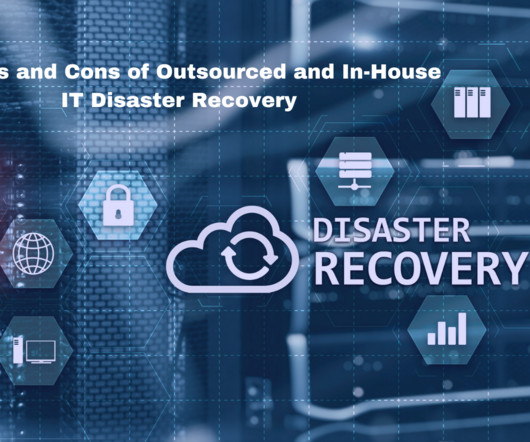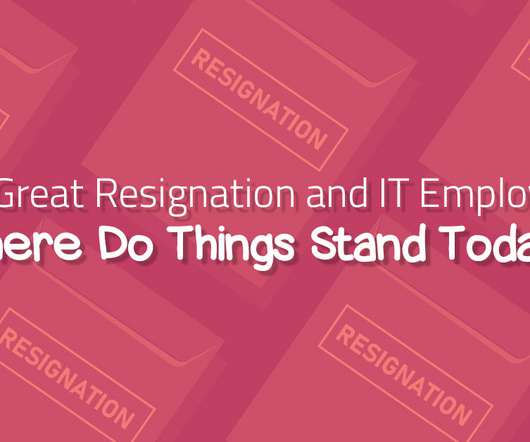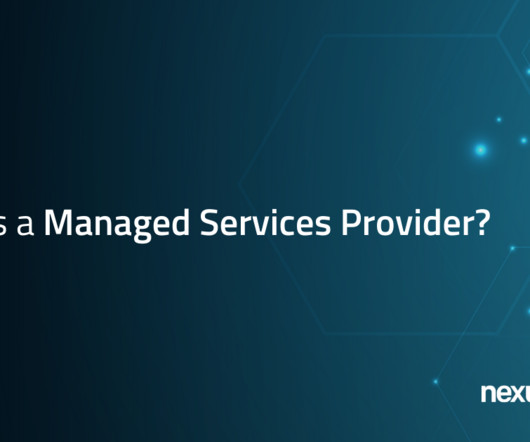The Pros and Cons of Outsourced Vs In-House IT Disaster Recovery
Erwood Group
MAY 17, 2024
The Pros and Cons of Outsourced vs In-House IT Disaster Recovery The Pros and Cons of Outsourced vs In-House IT Disaster Recovery In today’s fast-paced digital business age, IT disaster recovery is a critical component of any business continuity plan and proper business resilience planning.

























Let's personalize your content